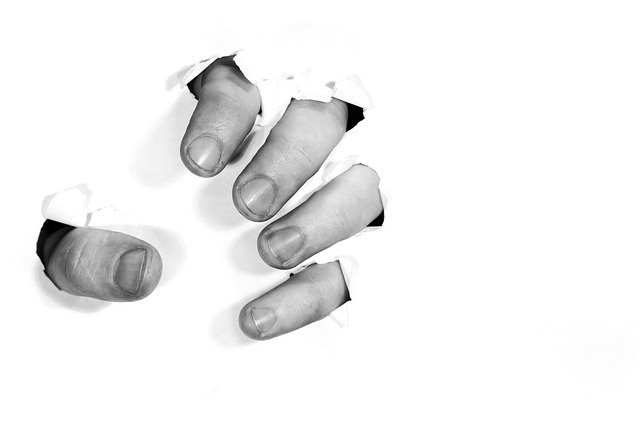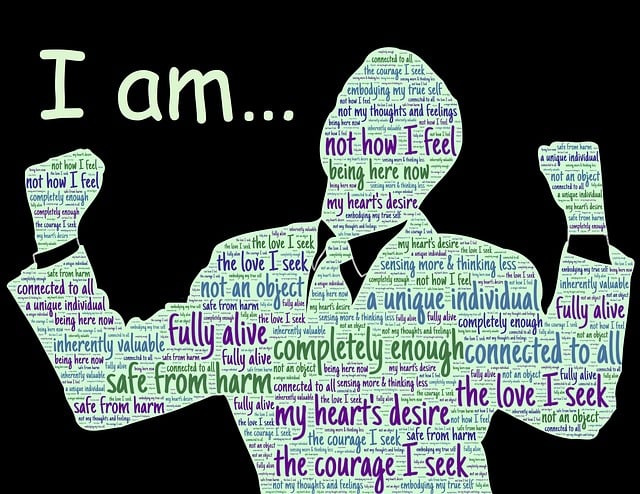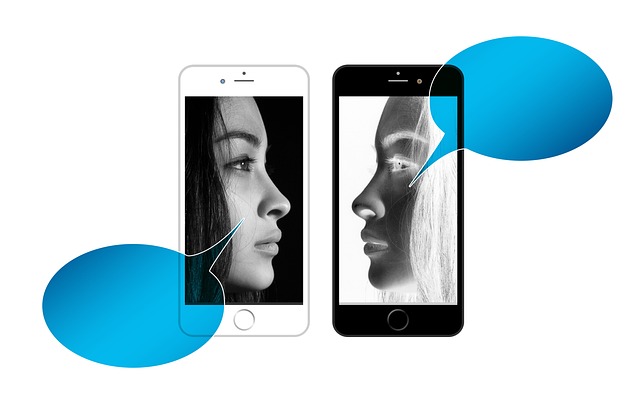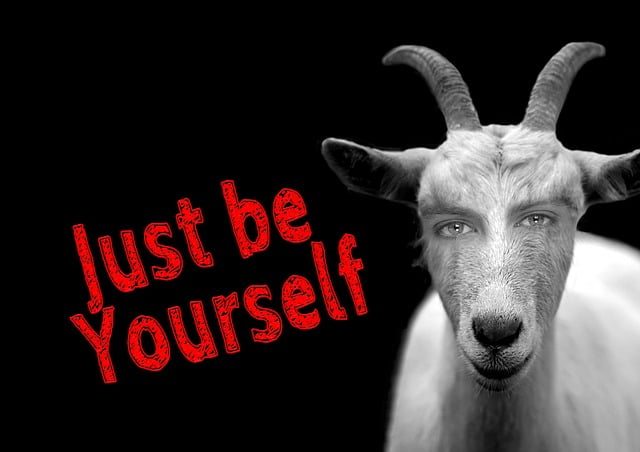Self-Exclusion Tools empower individuals to control online access for responsible gambling and personal growth. These tools, available on gaming platforms, social media, and educational settings, allow users to set boundaries, restrict activities, and promote healthier habits, ultimately facilitating transformation and well-being through mindful self-management.
Self-exclusion tools are powerful mechanisms designed to foster personal growth by promoting conscious decision-making and behavioral change. This article delves into the understanding, functionality, and implementation of these tools across diverse contexts. We explore how self-exclusion strategies can be tailored for individual development, enhancing self-awareness and empowering positive lifestyle shifts. By leveraging these tools, individuals can navigate challenges more effectively, achieve personal goals, and cultivate a healthier, more balanced life.
- Understanding Self-Exclusion Tools and Their Purpose
- How Self-Exclusion Tools Work in Different Contexts
- Implementing Effective Self-Exclusion Strategies for Personal Growth
Understanding Self-Exclusion Tools and Their Purpose

Self-Exclusion Tools are designed to empower individuals in their journey towards responsible gaming. These tools serve as a mechanism for players to voluntarily limit or completely stop access to gambling platforms and services, should they feel the need to take a break or seek control over their gaming habits. By offering self-exclusion options, online gaming operators demonstrate a commitment to promoting healthy gaming environments and supporting individuals’ personal choices.
The primary purpose of Self-Exclusion Tools is to provide an additional layer of support for problem gamblers or those who simply want to maintain a healthier relationship with gambling. It allows players to take proactive measures to protect themselves from potential harm, ensuring they don’t engage in activities that may lead to financial loss or emotional distress. These tools often include features such as setting deposit limits, blocking access to specific games, and even self-suspension or permanent closure of accounts.
How Self-Exclusion Tools Work in Different Contexts

Self-exclusion tools are designed to empower individuals and communities by providing mechanisms to temporarily or permanently limit access to specific services, platforms, or environments. Their functionality varies across different contexts. For instance, in gambling settings, self-exclusion tools allow players to set restrictions on their betting activities, preventing them from accessing casinos or online gambling sites for a defined period. This helps individuals combat problem gambling and regain control over their financial decisions.
Similarly, social media platforms employ self-exclusion tools that enable users to take breaks from their online communities or completely delete their accounts. These tools cater to individuals seeking digital detox or those aiming to protect their privacy. Beyond personal use, schools and workplaces can utilize self-exclusion tools to manage access to certain websites or applications during study or work hours, fostering a productive and focused environment.
Implementing Effective Self-Exclusion Strategies for Personal Growth
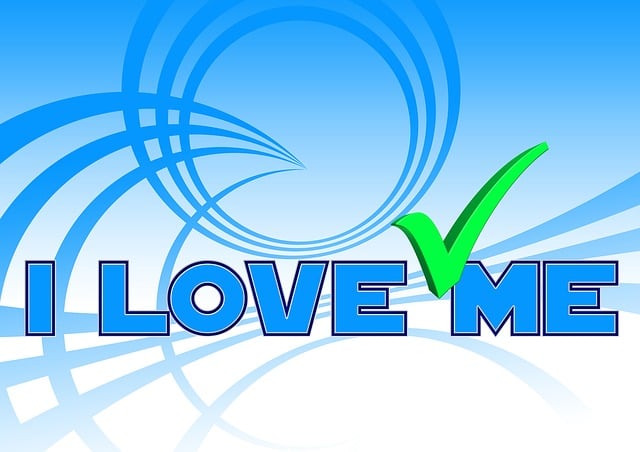
Implementing effective self-exclusion tools is a powerful strategy for personal growth and well-being. These tools allow individuals to set boundaries, reduce unhealthy behaviors, and create a more balanced lifestyle. By excluding oneself from specific activities or environments that may hinder progress, people can focus on self-improvement and achieve their goals. For example, someone striving for better mental health might use self-exclusion to limit social media usage, which is known to impact mood and productivity.
This process involves mindful decision-making and a deep understanding of personal triggers. It encourages individuals to reflect on their habits and make conscious choices to foster positive changes. Self-exclusion tools can take various forms, such as setting specific time frames for certain activities, blocking online content, or creating physical spaces dedicated to relaxation and reflection, ultimately enabling individuals to gain control over their lives and embark on a path of personal growth and transformation.
Self-Exclusion Tools are powerful mechanisms designed to promote personal growth and well-being by enabling individuals to set boundaries and take control of their actions. By understanding how these tools work in various contexts, we can implement effective strategies for self-improvement. Incorporating self-exclusion techniques allows us to navigate challenges, foster healthier habits, and ultimately lead more fulfilling lives.


